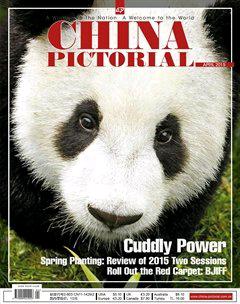Luther Knight:Flashes of Chinese History
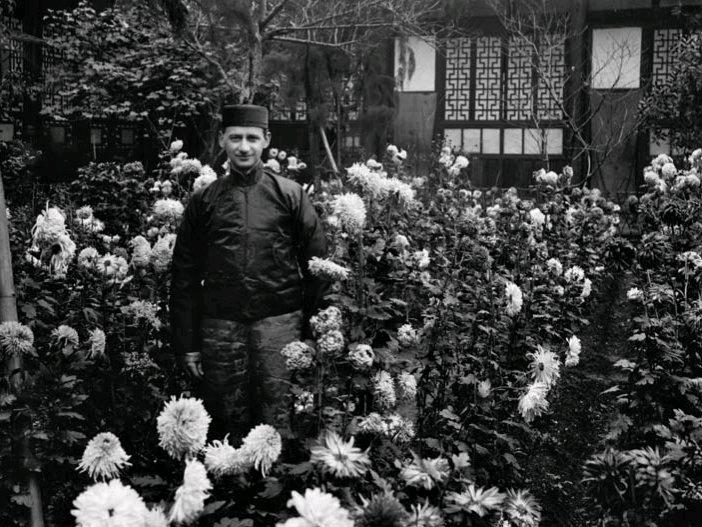
In June 1910, Luther Knight, then a 31-year-old American chemistry teacher, decided to go to China. Born in Iowa, Knight became obsessed with the Eastern country while working on his masters degree. At the time, the United States was witnessing rapid industrial development while on the opposite side of the planet China remained in the final throes of the feudal Qing Dynasty (1644-1911). It was a turbulent time as old and new thoughts clashed. After a millennium of operation, the imperial examination system was abolished in China. Reformers of the Qing Dynasty had already been experiencing Western education for a decade. In 1910, the Qing government dispatched a delegation to the United States to recruit teachers for Sichuan Higher Academy, the predecessor of todays Sichuan University. Knight considered it an opportunity of a lifetime.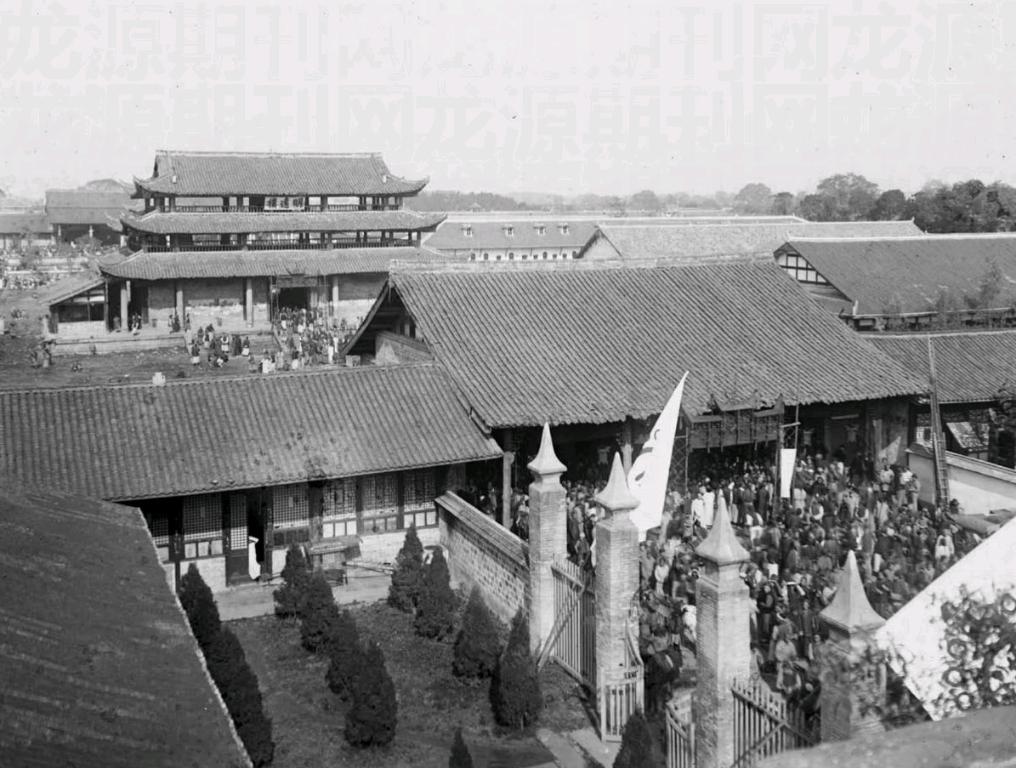
Four months later, Knight arrived in Chengdu, capital of Sichuan, where he served as a professor of chemistry and mathematics at Sichuan Higher Academy. He also taught courses on geology and mineralogy. He imported the latest Western knowledge and teaching methods. Each week he taught for 26 class hours. Of course, he was highly paid compared to most of his neighbors: His monthly salary was 300 silver dollars at the time when a single silver dollar could support an ordinary Chinese family for a month.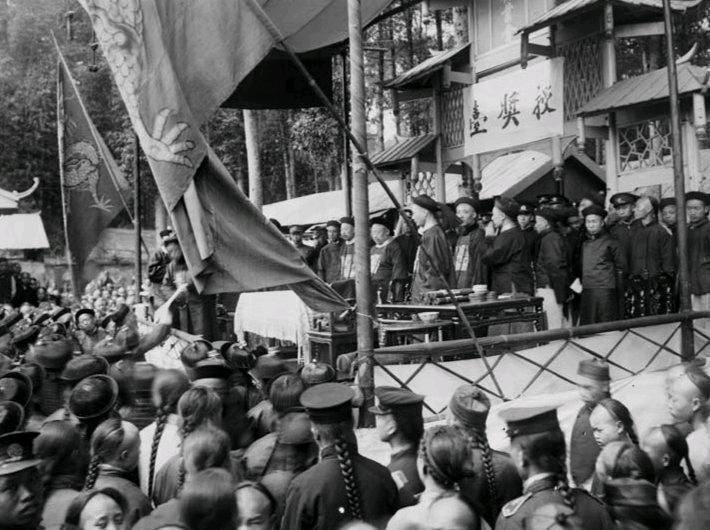
Knight took a large 4”x 5” camera with him to China. It produced salt prints but required full manual control and long exposure. Every picture took at least ten minutes to snap. Even so, Knight shot a tremendous quantity of photos of China, mostly in Chengdu. In many of his photos, the Chinese people appear particularly curious because they had never before encountered a camera in their lives. Knight preferred to photograph ordinary people: Food stalls, barber shops, children chasing each other through a bustling market, white radishes lining roadside stalls, students in class, farmers working the fields and Chengdu police officers equipped with modern German equipment.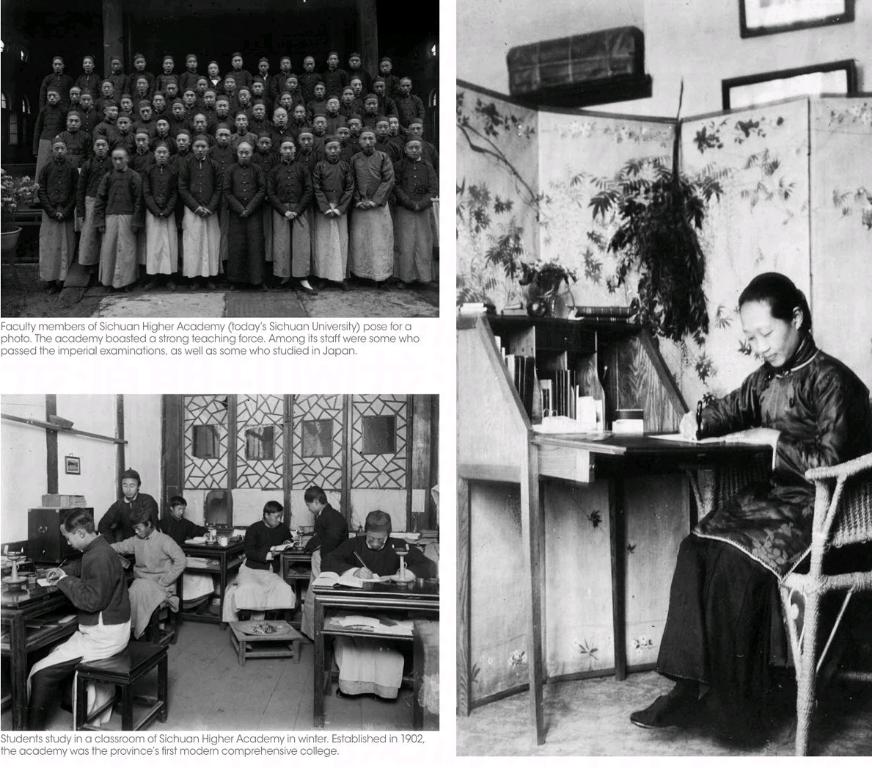
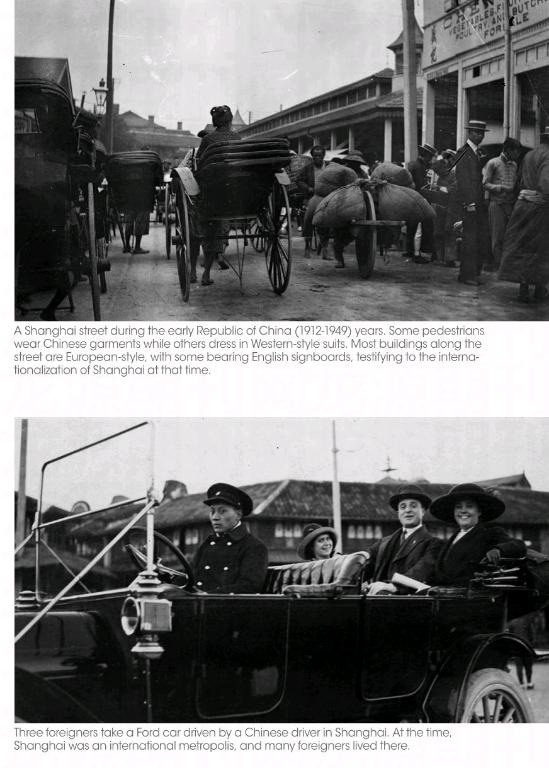
In 1911, Knight was hired by the Qing government to conduct a geological survey in western Sichuans Garze and Aba areas. At that time, western Sichuan remained virtually untouched by modern civilization. Along with a dozen porters and bodyguards, Knight took a sedan chair to mostly-Tibetan plateau areas and took photos of the living Buddha, peasants in rags, and a Kangba vendor and his son carrying goods. When he returned to Chengdu after the survey, Knight was astonished to find China undergoing earthshaking changes, with democratic movements sweeping across Sichuan. In a letter to his sister, Knight predicted that the Qing Dynasty would soon collapse as Chinese were calling for a “republic the same as the United States.”On November 27, 1911, Sichuan declared independence and established a military government. That day, Knight took photos for Sichuans new governor and vice governors at their inaugural ceremony. In one photo, the 18-star flags of the Sichuan mili- tary government swayed amidst crowds, heralding Sichuans independence from the reign of the Qing Dynasty.
However, political turmoil continued growing in Sichuan. Due to safety concerns, Knight headed to Shanghai. Six months later, he decided to return to Chengdu and teach another semester. He planned to make slides of the photos he took in Chengdu and use them to lecture in universities of Britain, France, and Germany.
Sadly, these plans never came to fruition. Knight contracted typhus in early April 1913 while taking some students on survey of a copper-ore refinery in Pengxian County. The fever sucked the life from the young man. Knight died only days after contracting the disease at the age of 33.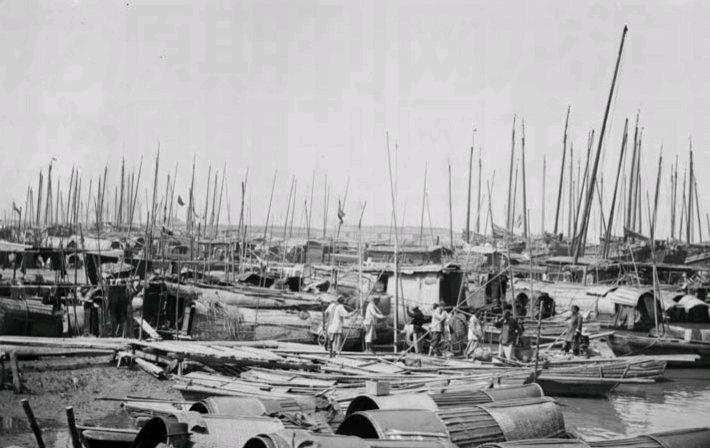
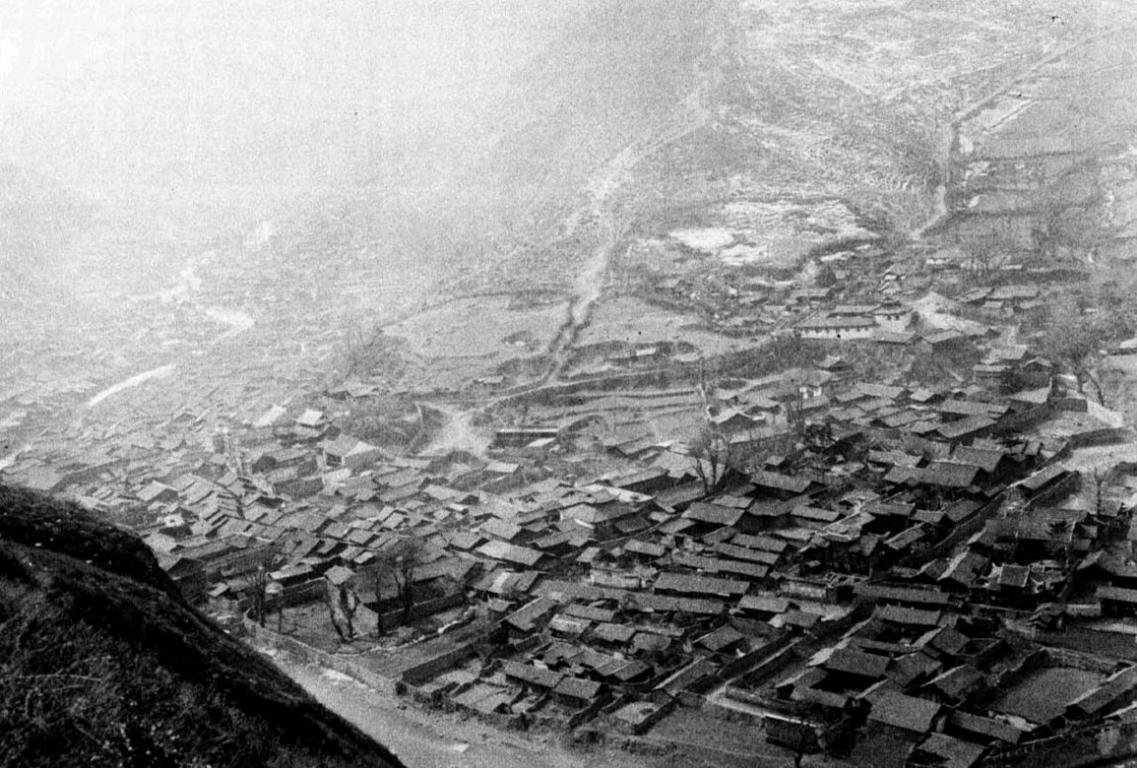
After Knights death, all of his possessions, including the negatives of the photos he took, were packed up and sent to his sister in the United States. In 2000, his descendant, John E. Knight, and his friend, Chinese photographer Wang Yulong, decided to finally publish Luther Knights old photos. Although 340 negatives were well-preserved, none had captions. The only clues lie in 48,000-word diaries and letters left by Luther Knight. A native of Shenyang City, Liaoning Province, Wang Yulong has spent half of his life in Tibet. He made it his mission to verify the locations and background information of all of Knights rare historical photos by visiting historians and folklore experts and conducting field investigations in many places. In 2002, an exhibition displaying more than 100 of Luther Knights photos with verified background information opened in Chengdu. To this day, John Knight and Wang Yulong remain committed to verifying the context of the rest of Luther Knights photography. Sealed away for nearly a century, every image the American photographer took is rare genuine documentation of history. Through his photos, viewers can gain an insight into Chinas changes and Chinese peoples lives from an American perspective, a century ago.

